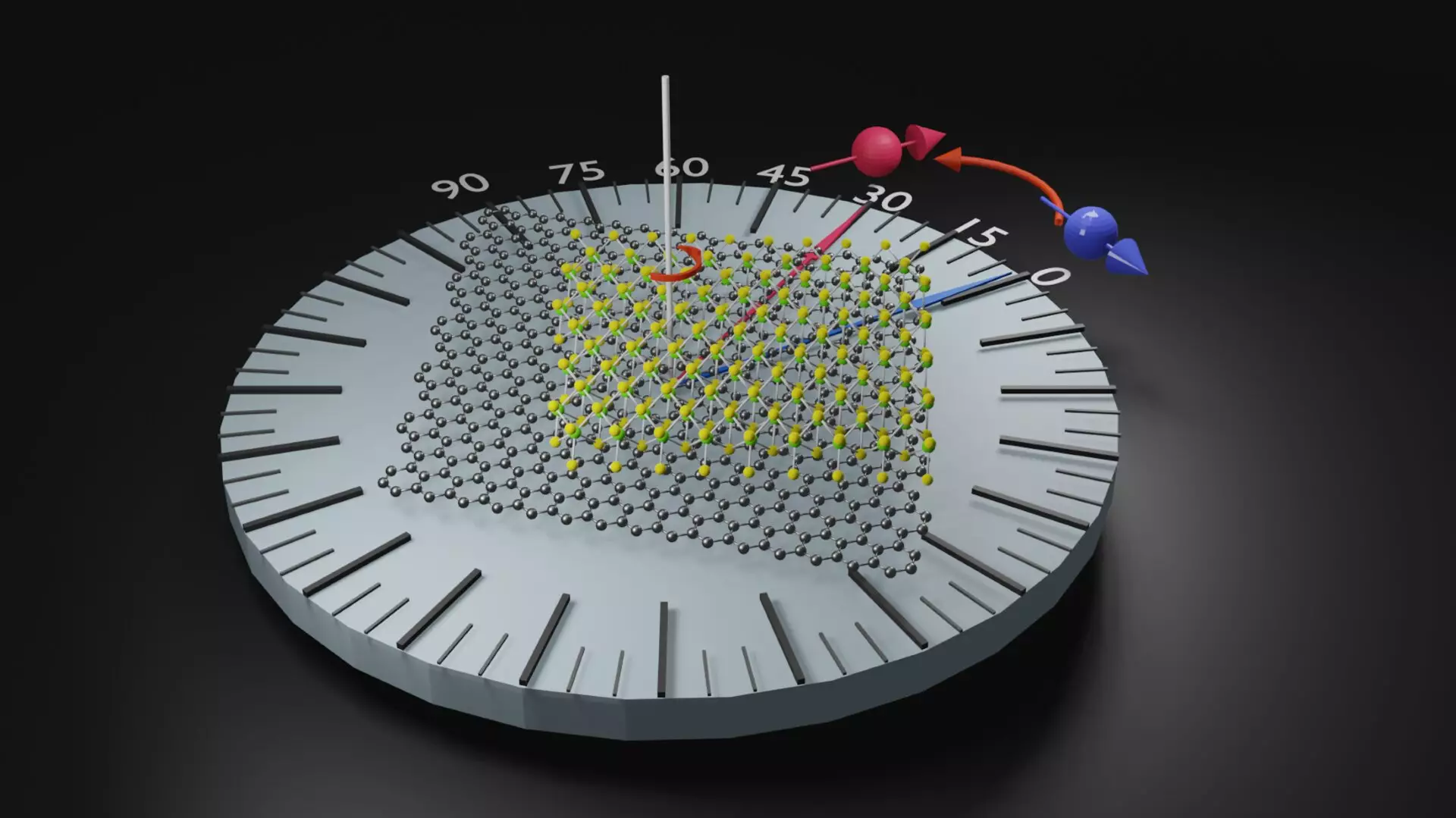Advanced electronic devices are on the brink of a revolution thanks to a groundbreaking discovery by a collaborative team of researchers from Charles University of Prague, CFM (CSIC-UPV/EHU) center in San Sebastian, and CIC nanoGUNE’s Nanodevices group. This team has successfully designed a complex material with unique properties in the realm of spintronics. The publication of their findings in the prestigious journal Nature Materials has unveiled a realm of exciting possibilities for the development of more efficient electronic devices, particularly those that seamlessly integrate magnetic memories into processors.
The emergence of two-dimensional materials with unparalleled characteristics has sparked a surge of interest in the scientific community. When two layers of these materials are strategically stacked to create a heterostructure, novel effects come into play. Recent observations have shown that even slight rotations of these layers can have a profound impact on the properties of the heterostructure. By examining the stacking of two layers of graphene and tungsten selenide (WSe2), the researchers made a significant breakthrough.
The co-leader of the Nanodevices group at nanoGUNE, Ikerbasque Research Professor Félix Casanova, spearheaded this transformative research. Through meticulous experimentation, the team uncovered that precise rotation of two stacked layers can induce the generation of a spin current in a specific direction. This advancement is particularly crucial in the realm of spintronics, where the manipulation of spin currents is a key challenge. Traditional spintronics rely on perpendicular transfer of spin in relation to the electric current. However, this study demonstrates that utilizing the right materials and a strategic twist in the stacking process can eliminate this limitation.
Casanova emphasized that the magic lies in the ability to stack two layers and apply a calculated twist to unlock previously unseen spin-related properties. This innovative approach allows researchers to harness new spin-related phenomena that were previously unattainable with individual materials. The implications of this discovery extend far beyond the confines of the laboratory, paving the way for the next generation of advanced electronic devices that blur the lines between science fiction and reality.


Leave a Reply